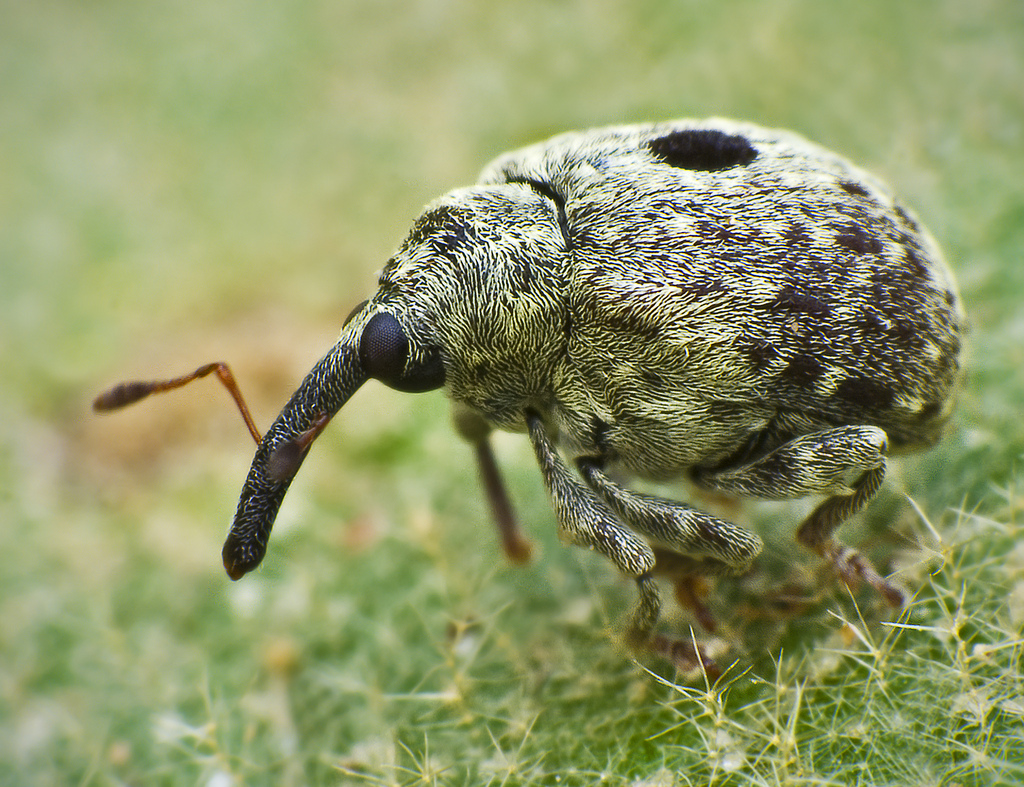|
Homorosoma
''Homorosoma'' is a genus of minute seed weevils in the family of beetles known as Curculionidae. There are about nine described species in ''Homorosoma''. Species These nine species belong to the genus ''Homorosoma'': * '' Homorosoma chinense'' Wagner, 1944 * '' Homorosoma consimile'' Wagner, 1944 * '' Homorosoma horridula'' Voss, 1958 * '' Homorosoma klapperichi'' Wagner, 1944 * '' Homorosoma rhytidosomoides'' Wagner, 1944 * '' Homorosoma speiseri'' Friv., 1893 * '' Homorosoma sulcipenne'' (LeConte, 1876) * '' Homorosoma sulcipennis'' (LeConte, 1876) * '' Homorosoma validirostre'' (Gyllenhal, 1837) g Data sources: i = ITIS, c = Catalogue of Life, g = GBIF, b = Bugguide.net References Further reading * * * * * * * External links * Curculionidae {{Curculionidae-stub ... [...More Info...] [...Related Items...] OR: [Wikipedia] [Google] [Baidu] |
Homorosoma Sulcipenne
''Homorosoma sulcipenne'' is a species of minute seed weevil Weevils are beetles belonging to the superfamily Curculionoidea, known for their elongated snouts. They are usually small, less than in length, and herbivorous. Approximately 97,000 species of weevils are known. They belong to several families, ... in the beetle family Curculionidae. References Further reading * * * * * External links * Curculionidae Beetles described in 1876 {{Curculionidae-stub ... [...More Info...] [...Related Items...] OR: [Wikipedia] [Google] [Baidu] |
Curculionidae
The Curculionidae are a family of weevils, commonly called snout beetles or true weevils. They are one of the largest animal families, with 6,800 genera and 83,000 species described worldwide. They are the sister group to the family Brentidae. They include the bark beetles as the subfamily Scolytinae, which are modified in shape in accordance with their wood-boring lifestyle. They do not much resemble other weevils, so they were traditionally considered a distinct family, Scolytidae. The family also includes the ambrosia beetles, of which the present-day subfamily Platypodinae was formerly considered the distinct family Platypodidae. Description Adult Curculionidae can be recognised by the well-developed, downwards-curved snout (Rostrum (anatomy), rostrum) possessed by many species, though the rostrum is sometimes short (e.g. Entiminae). They have elbowed Antenna (biology), antennae that end in clubs, and the first antennal segment often fits into a groove in the side of the ros ... [...More Info...] [...Related Items...] OR: [Wikipedia] [Google] [Baidu] |
